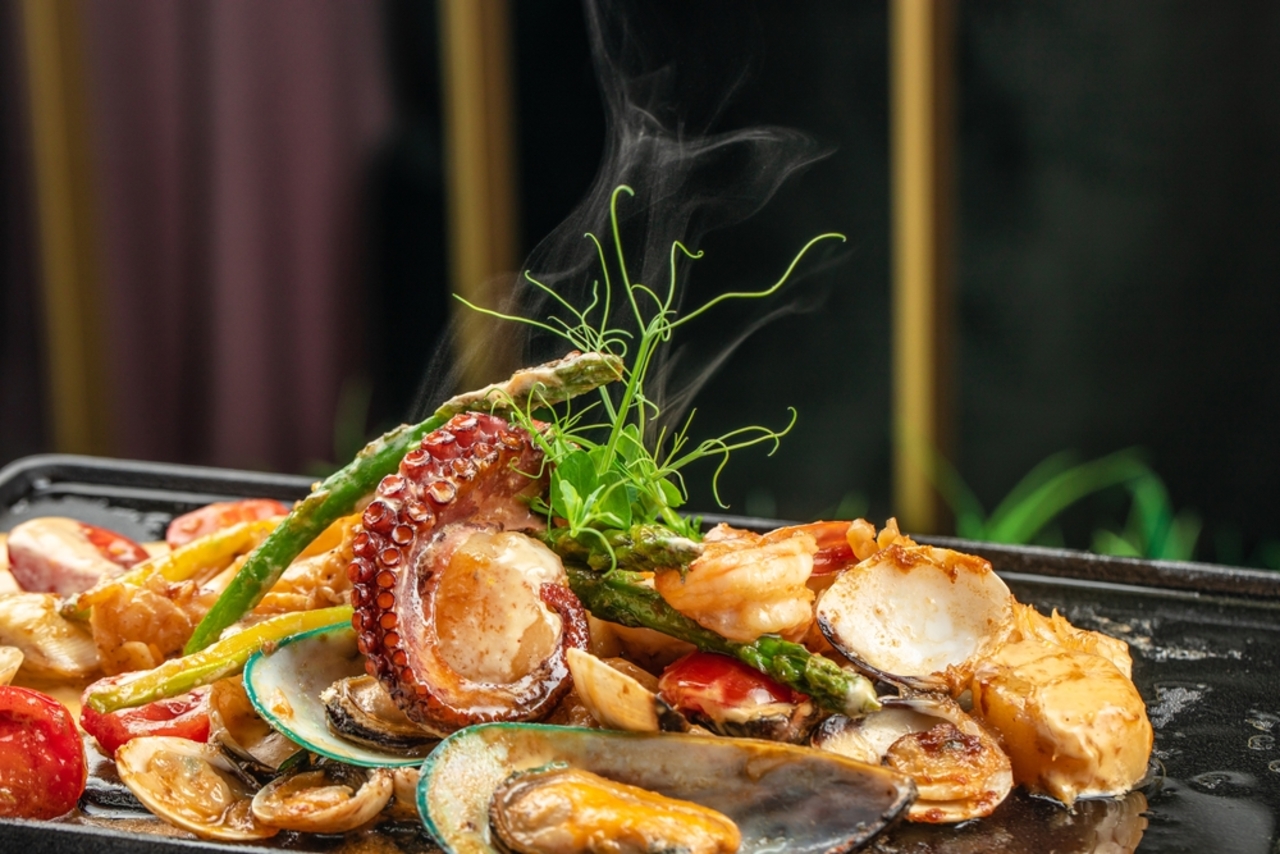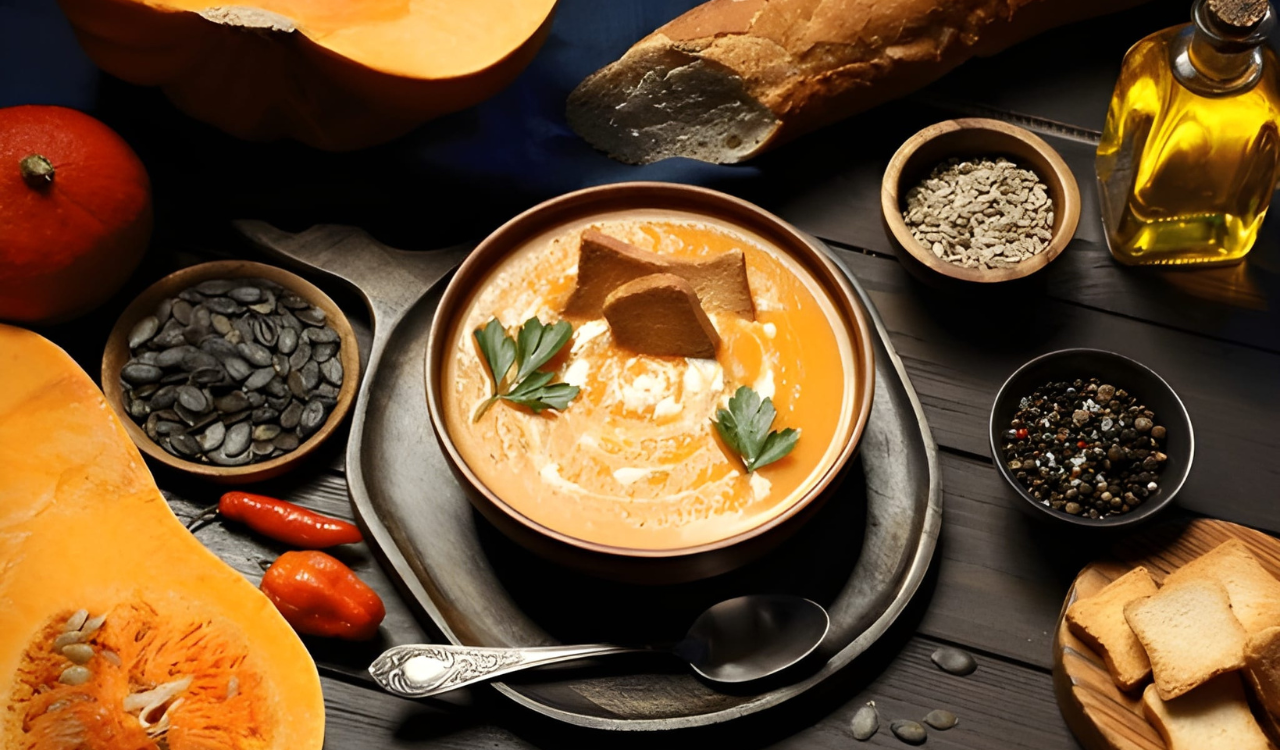16 Old-School Sandwiches Americans Rarely Eat Anymore

Some sandwiches tell stories of simpler times, when pantry staples and bold combinations reigned supreme. These old-school creations were once lunchbox heroes, diner specials, or party showstoppers. Today, many have quietly disappeared from menus, edged out by modern tastes and health trends. Yet their legacy lingers in nostalgia and curiosity. From sweet to savory, familiar to bizarre, these sandwiches capture a slice of culinary history worth remembering before they vanish completely.
1. Beef Jelly Sandwich
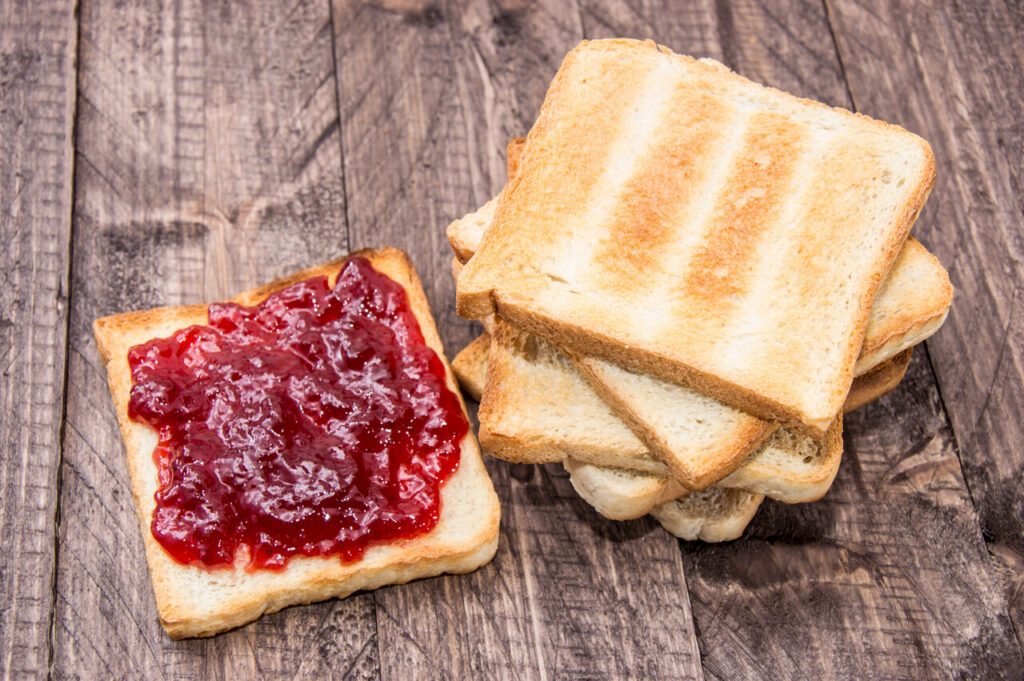
Once made with meat aspic or concentrated beef gel set from stock, this thrifty sandwich appeared in wartime kitchens and church cookbooks as a make‑ahead savory filler. Thin slabs on soft bread gave a cool, umami bite that kept well. While it fit lean‑era cooking, it is now a curiosity more than a menu item. Where it turns up, it is usually in heritage revivals or retro recipe projects, not everyday delis, which explains its near disappearance from modern lunch routines.
2. Emergency Sandwich

Often shorthand at home for a fast, protein‑rich bite, this usually meant a quick egg‑and‑cheese or egg salad on bread with a swipe of mayo. The “emergency” name reflects busy kitchens where speed mattered more than flair, not a formal diner label. Comforting and practical, it delivered warmth and richness from pantry staples. Today it yields to grab‑and‑go options and café builds, keeping its place as a last‑minute home fix rather than a recognizable menu name.
3. Banana Sandwich

Soft bread and ripe banana, sometimes paired with butter or peanut butter, made for a sweet, thrifty lunchbox classic. It remains beloved in parts of the South and in home kitchens, even as restaurants moved toward savory and protein‑forward builds. Its simplicity reads nostalgic rather than trendy, which limits menu presence. Still, as a quick comfort, it persists where nostalgia and convenience meet, even if national visibility has waned beyond childhood memories.
4. Braunschweiger Sandwich

Slices of braunschweiger, a smooth, smoky liverwurst, layered on rye with mustard or pickles once offered deli‑counter heft at low cost. Strong, mineral depth makes it polarizing, yet it endures in Midwest delis and German‑American groceries. Nationally, lighter meats and wellness trends trimmed its footprint, but calling it gone misses its regional loyalty. Today it stands as a niche classic, prominent where old‑world sausage culture remains part of daily shopping.
5. Coronation Chicken Sandwich
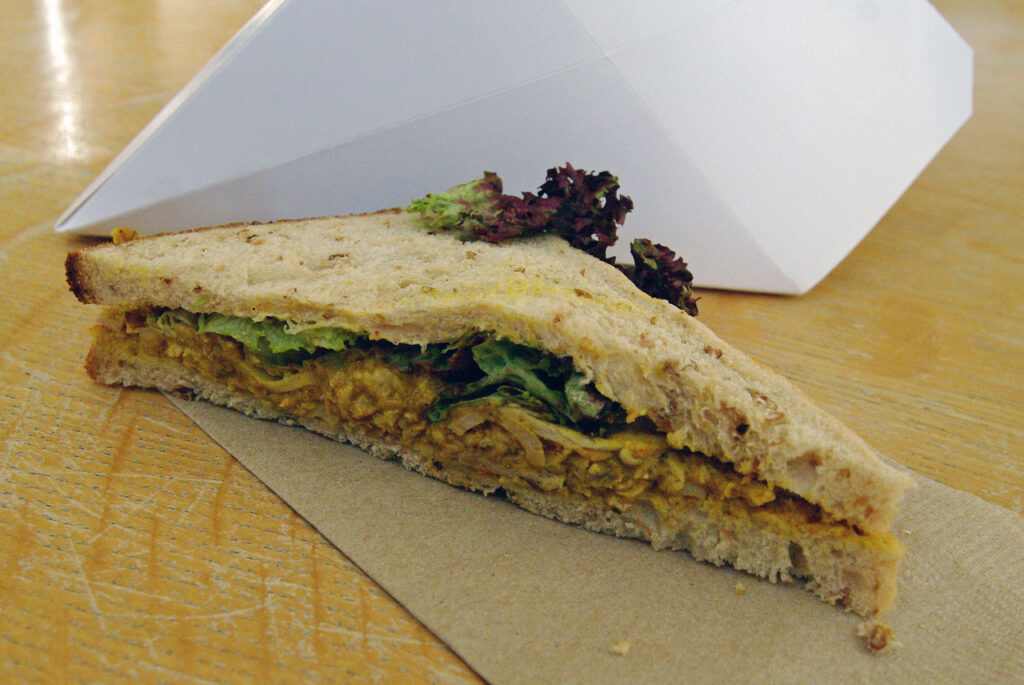
Created in Britain for Queen Elizabeth II’s coronation, this mild curry‑mayo chicken salad with raisins or apricots crossed the Atlantic to cafes and potlucks, though it never became a U.S. staple. Its gently spiced profile reads vintage beside today’s bolder, herb‑packed salads. While still found in British‑style tea rooms and specialty cafés, it is uncommon on mainstream American menus, living on as a retro import rather than a national favorite.
6. Olive Loaf Sandwich
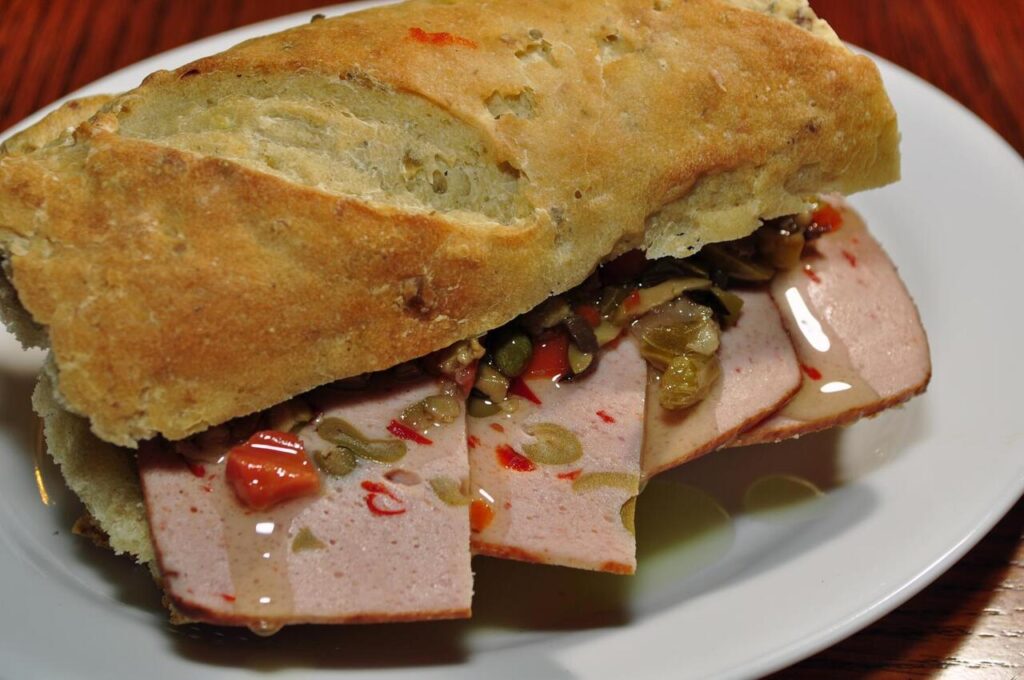
Olive loaf: bologna studded with green olives and pimentos, once offered a ready pop of brine on basic white with mayo or mustard. Supermarkets still stock it, but shoppers often choose fresher or minimally processed deli meats. Its speckled look and nostalgic flavor divide opinion, keeping it on the margins. As a quick cold cut, it survives in the lunch meat aisle, yet it rarely appears on modern sandwich boards outside old‑school delis that lean into retro fare.
7. Chow Mein Sandwich

This coastal New England oddity piles saucy chow mein on white bread or a roll, a relic of Chinese‑American diner mashups. Though it faded nationally, it remains a proud specialty around Fall River and parts of southeastern Massachusetts and Rhode Island. Soggy bread risks mean it is best eaten immediately. Rather than vanished, it is a hyper‑regional staple, showing how immigrant dishes took on local sandwich form and never fully left those communities. time.
8. Fluffernutter
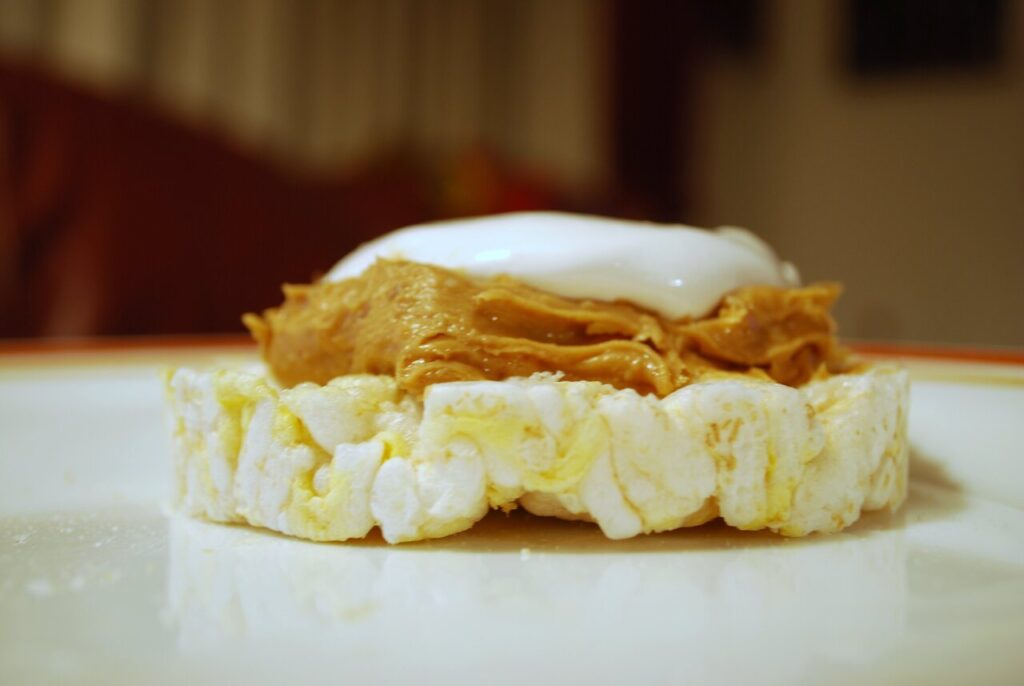
Peanut butter and marshmallow fluff on soft bread endures as a New England icon, celebrated in homes and occasional retro diners. Health‑minded shifts and school guidelines reduced its lunchbox presence, but the sandwich stays culturally visible with steady Marshmallow Fluff fandom. Outside its home turf it appears less often, making it regionally common but nationally nostalgic. On menus it skews novelty, yet at home it remains a beloved sweet‑salty ritual.
9. Banana and Mayonnaise Sandwich

This peculiar pairing once made its way into lunchboxes and family kitchens. Mashed banana combined with mayonnaise on bread created an unexpectedly creamy and sweet sandwich, providing a surprising mix of flavors. The idea was to pair the moisture and sweetness of banana with the tang and texture of mayonnaise for a balanced bite. Today, it’s largely fallen out of favor, seen as an odd culinary experiment rather than a go-to comfort food, partly because of changing views on mayonnaise’s place in sweet applications.
10. Finger Sandwiches
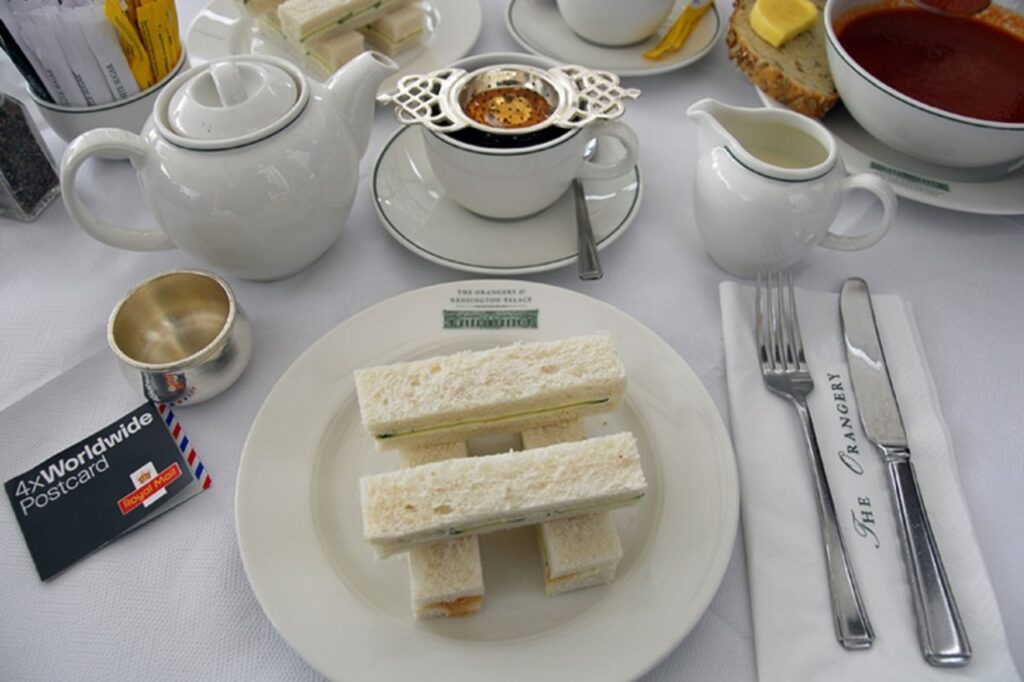
Elegant and dainty, finger sandwiches like cucumber with cream cheese or ham and butter were once a hallmark of tea-time gatherings. These small, crustless sandwiches were designed to be light, visually appealing, and easy to eat without utensils. While they still appear at upscale events and bridal showers, the average American rarely includes them in everyday meals. The rise of more robust, hearty sandwich choices and the decline of formal tea rituals have pushed finger sandwiches to the margins of culinary culture.
11. Pineapple Sandwich

The pineapple sandwich featured rings or chunks of pineapple paired with ham or cheese between bread slices. It played on the sweet and savory combination that was popular in mid-20th-century America, where canned pineapple was a pantry staple. The tropical fruit added juiciness and a tangy contrast to the protein. However, changing palates and the availability of fresher produce have made canned fruit less trendy, and the sandwich now feels outdated, rarely appearing on menus outside of retro-themed diners.
12. Tomato and Onion Sandwich
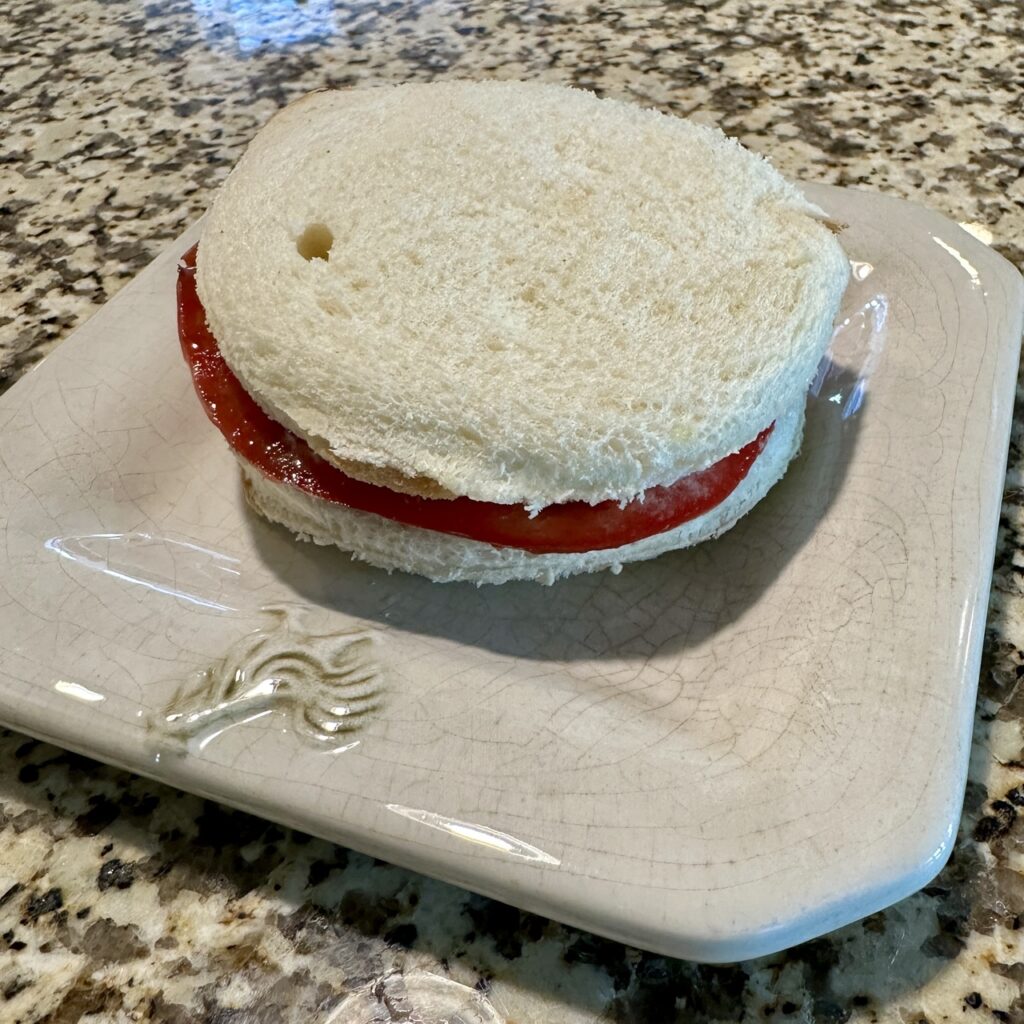
Once a summer favorite, the tomato and onion sandwich consisted of ripe tomato slices layered with thin onion rings, often dressed lightly with salt, pepper, and mayo. It was a simple, fresh way to showcase garden produce in sandwich form. Its decline came as more complex, gourmet sandwiches took center stage, and the perception of raw onions as too pungent or basic gained ground. Now, it survives mostly in home kitchens or as a nostalgic nod to simpler times.
13. Fish and Peanut Butter Sandwich

Perhaps the most polarizing entry, the fish and peanut butter sandwich combined canned fish like sardines or tuna with a layer of peanut butter on white bread. It arose from a desire for cheap, protein-rich, and easy-to-assemble meals. The mix of salty fish and creamy peanut butter created a flavor clash that, while beloved by some, was too unconventional for the mainstream. It now stands as a relic of mid-century experimentation, rarely found today.
14. Cream Cheese and Olive Sandwich

This retro sandwich combined the tang of cream cheese with chopped olives, usually served on rye or white bread. It offered a salty, creamy, and slightly briny flavor profile that worked well as a snack or light meal. Popular in delis and home gatherings during the mid-20th century, it gradually faded from favor as more vibrant, health-conscious spreads and sandwich fillings became popular. Its soft texture and heavy flavor are often considered too bland or dated for today’s taste.
15. Peanut Butter and Pickle Sandwich

Creamy peanut butter with tart pickle slices delivers sweet‑salty snap that once felt practical and playful. Its mainstream moment passed as gourmet builds rose, yet the pairing has resurfaced online and in food columns as a quirky classic worth revisiting. It remains rare in shops but lively in home kitchens and retro features, a reminder that bold contrasts can outlast fashion even if they do not retake the lunch counter.
16. Fried Brain Sandwich
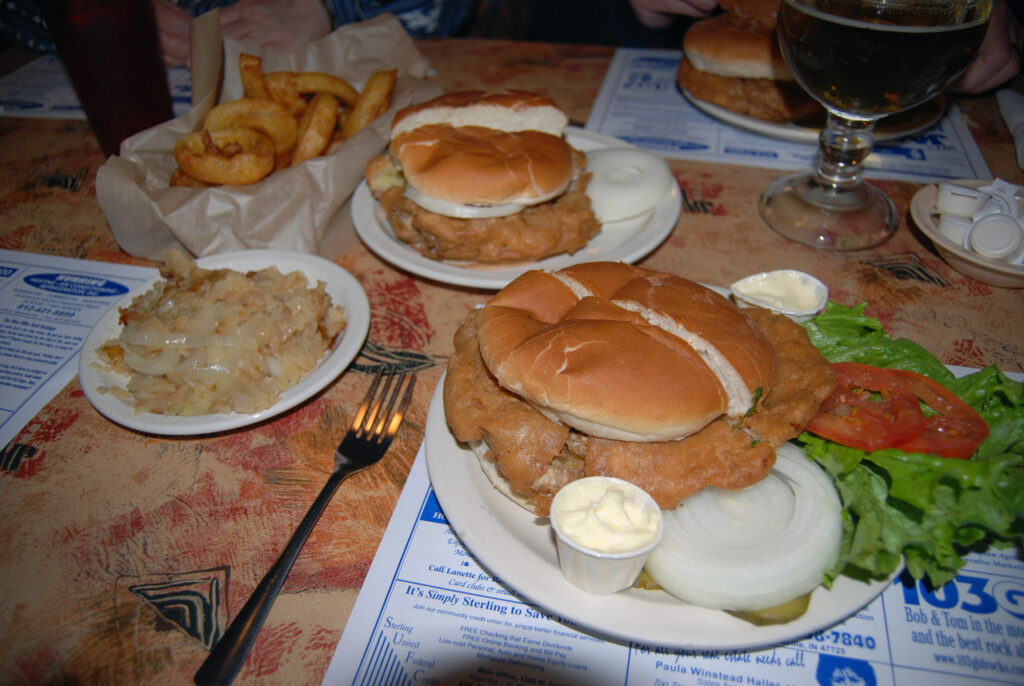
A Midwestern specialty(most famously in Indiana), thinly sliced calf or pig brain is battered, fried, and served on white bread with mustard or pickles. Concerns about offal and shifting health perceptions shrank its presence, and sourcing changed as rules tightened. Still, a handful of local diners and festivals keep it alive. For most Americans it is a culinary time capsule, but regionally it survives as a proudly preserved tradition.

